
How to Use SEN0427: Examples, Pinouts, and Specs
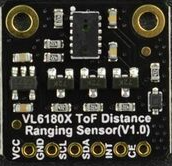
 Design with SEN0427 in Cirkit Designer
Design with SEN0427 in Cirkit DesignerIntroduction
The SEN0427 is a high-precision digital temperature and humidity sensor module designed by DFRobot. It utilizes the I2C communication protocol to provide accurate environmental readings, making it suitable for a wide range of applications including weather stations, home automation systems, and environmental monitoring.
Explore Projects Built with SEN0427
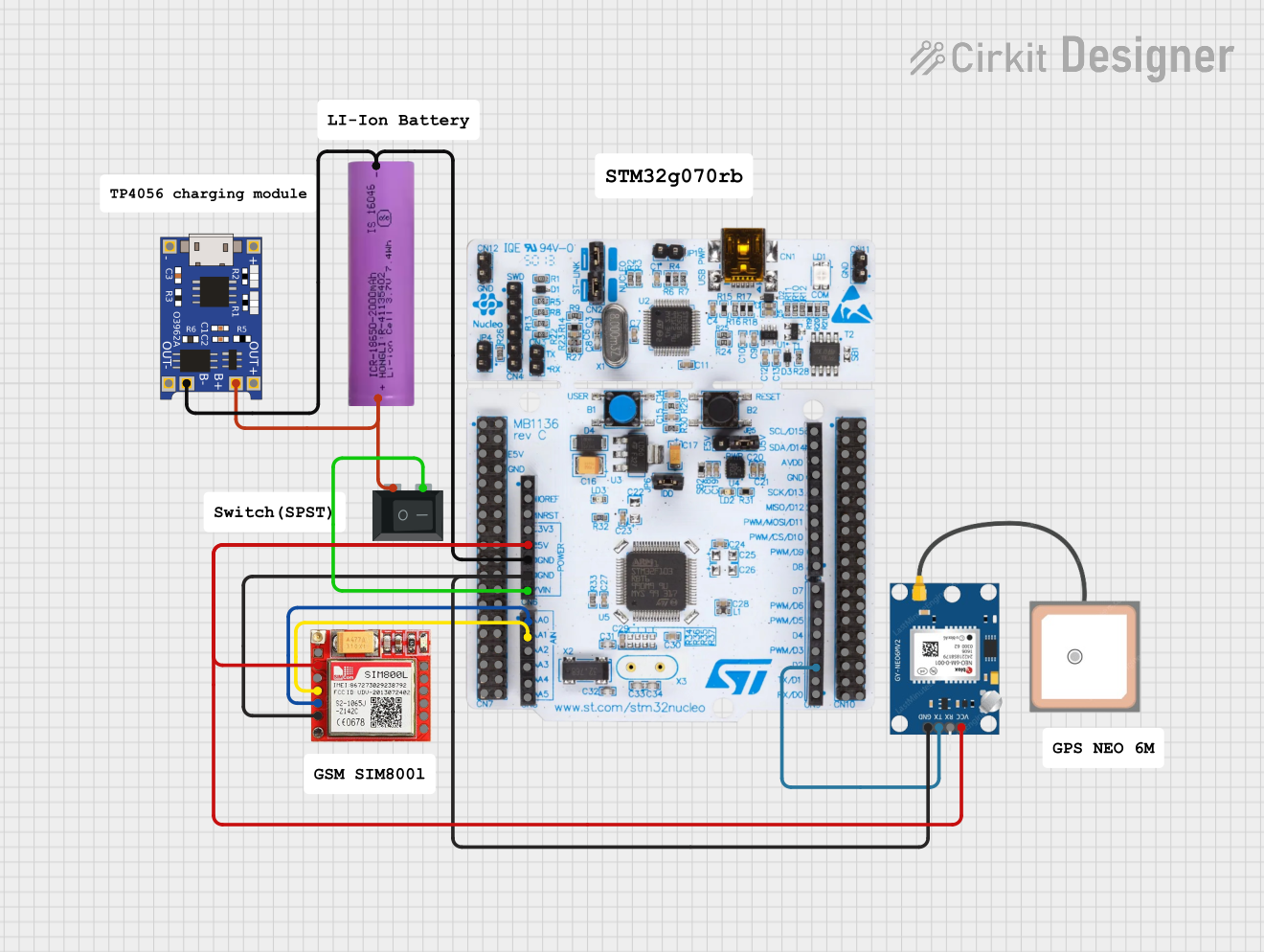
 Open Project in Cirkit Designer
Open Project in Cirkit Designer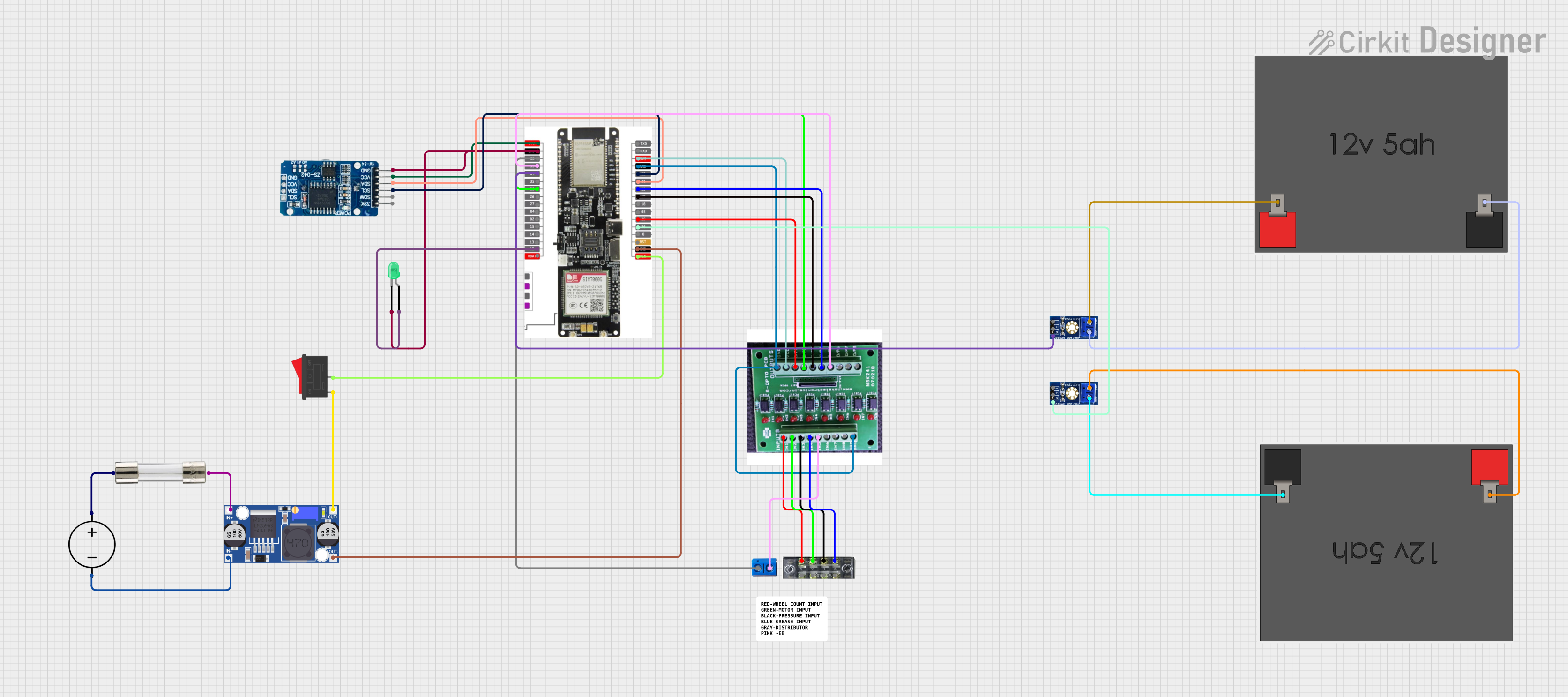
 Open Project in Cirkit Designer
Open Project in Cirkit Designer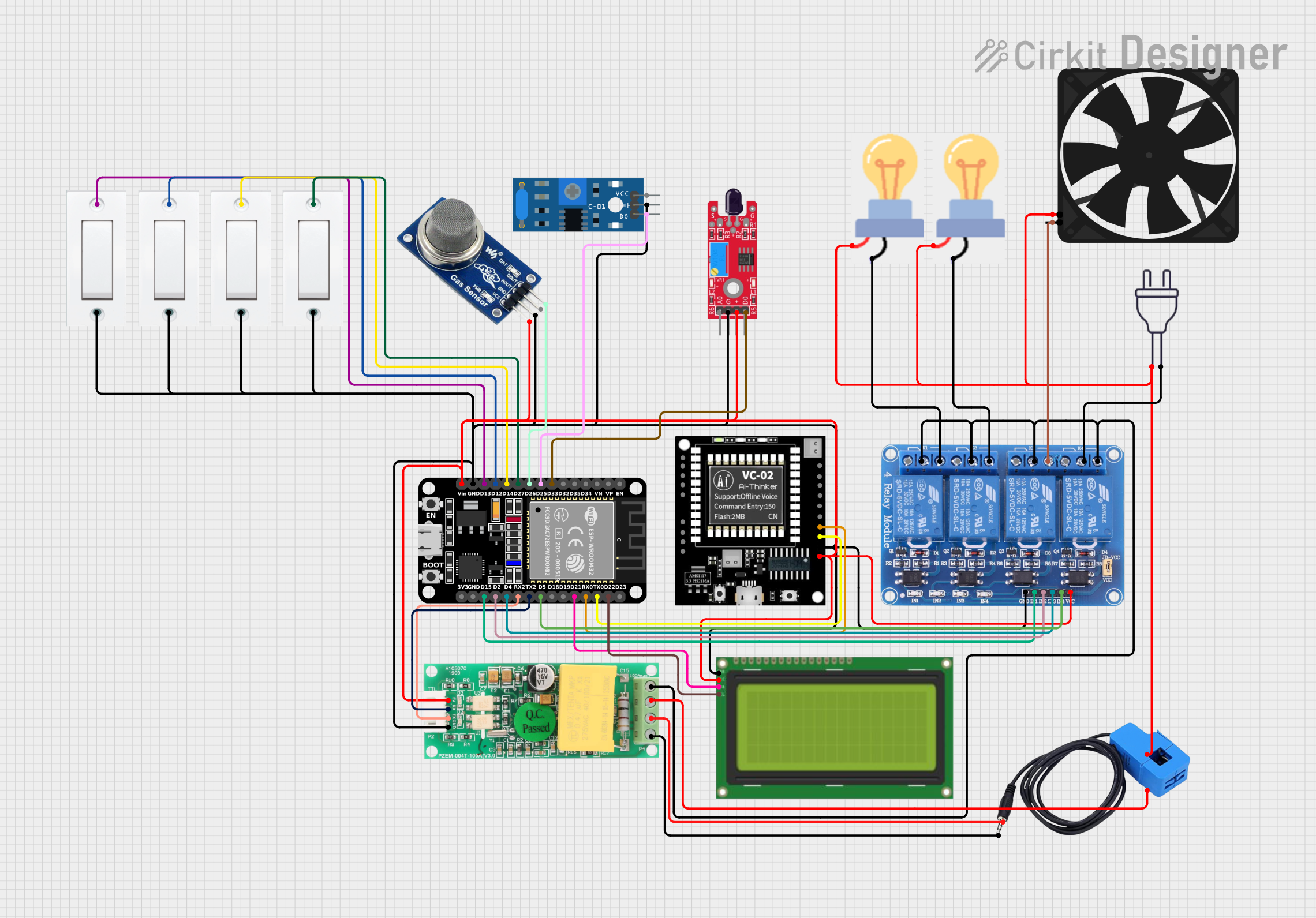
 Open Project in Cirkit Designer
Open Project in Cirkit Designer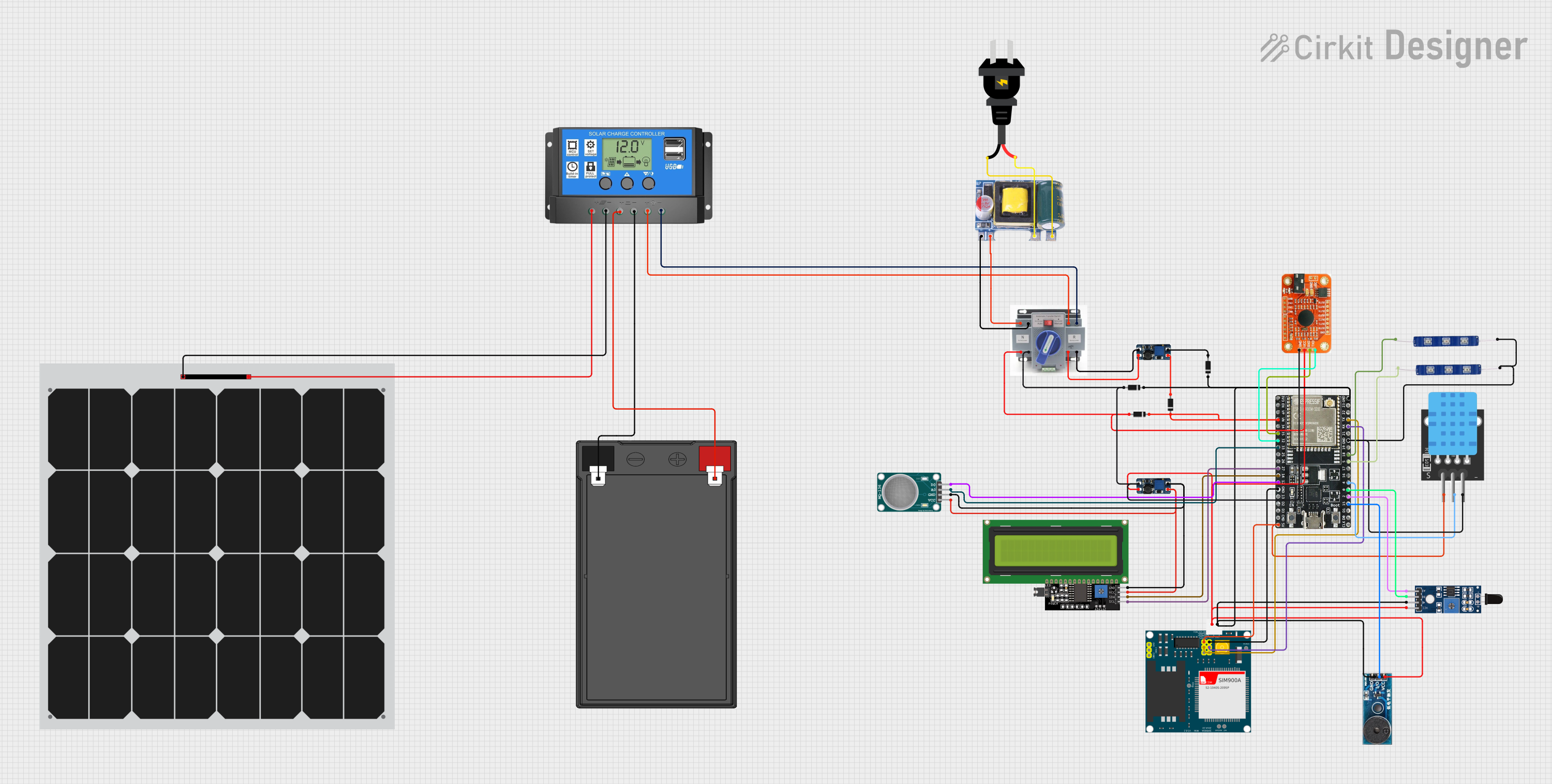
 Open Project in Cirkit Designer
Open Project in Cirkit DesignerExplore Projects Built with SEN0427

 Open Project in Cirkit Designer
Open Project in Cirkit Designer
 Open Project in Cirkit Designer
Open Project in Cirkit Designer
 Open Project in Cirkit Designer
Open Project in Cirkit Designer
 Open Project in Cirkit Designer
Open Project in Cirkit DesignerTechnical Specifications
Key Technical Details
- Operating Voltage: 3.3V to 5V
- Measuring Range (Temperature): -40°C to 80°C
- Measuring Range (Humidity): 0% to 100% RH
- Accuracy (Temperature): ±0.5°C
- Accuracy (Humidity): ±3% RH
- Resolution (Temperature): 0.1°C
- Resolution (Humidity): 0.1% RH
- Communication: I2C interface
Pin Configuration and Descriptions
| Pin Number | Pin Name | Description |
|---|---|---|
| 1 | VCC | Power supply (3.3V to 5V) |
| 2 | GND | Ground |
| 3 | SDA | I2C Data Line |
| 4 | SCL | I2C Clock Line |
Usage Instructions
Integration with a Circuit
- Connect the VCC pin to the power supply (3.3V or 5V) of your microcontroller.
- Connect the GND pin to the ground of your microcontroller.
- Connect the SDA pin to the I2C data line on your microcontroller.
- Connect the SCL pin to the I2C clock line on your microcontroller.
I2C Communication
- Ensure that the I2C address of the SEN0427 is not conflicting with other I2C devices on the same bus.
- Use pull-up resistors on the SDA and SCL lines if your microcontroller does not have built-in pull-ups.
Best Practices
- Avoid placing the sensor in direct sunlight or near heat sources to prevent inaccurate readings.
- Ensure that the sensor is not exposed to condensing levels of humidity.
- Allow the sensor to acclimatize to the environment for accurate readings.
Example Code for Arduino UNO
#include <Wire.h>
// SEN0427 I2C address (check datasheet for your specific device)
const int sensorAddress = 0xXX; // Replace 0xXX with the actual address
void setup() {
Wire.begin(); // Initialize I2C communication
Serial.begin(9600); // Start serial communication at 9600 baud rate
}
void loop() {
// Request temperature and humidity data from SEN0427
Wire.beginTransmission(sensorAddress);
// Add code to request data following the sensor's datasheet instructions
Wire.endTransmission();
// Read the data from the sensor
// Add code to read and process the data according to the sensor's datasheet
// Example of printing the temperature and humidity values
Serial.print("Temperature: ");
Serial.print(temperature);
Serial.println(" C");
Serial.print("Humidity: ");
Serial.print(humidity);
Serial.println(" %");
// Delay between measurements
delay(2000);
}
Note: Replace 0xXX with the actual I2C address of your SEN0427 sensor. The code above is a template and requires the specific data request and read commands as per the SEN0427 datasheet.
Troubleshooting and FAQs
Common Issues
- Inaccurate Readings: Ensure the sensor is not placed near heat sources or in direct sunlight. Allow it to acclimatize.
- No Data on I2C: Check connections and ensure that the correct I2C address is used. Also, check for proper pull-up resistors.
Solutions and Tips
- Sensor Not Detected: Verify wiring, check for soldering issues, and ensure that the microcontroller's I2C lines are functioning.
- Fluctuating Readings: Implement a software filter or moving average to stabilize readings.
FAQs
Q: Can the SEN0427 sensor be used outdoors? A: Yes, but it should be protected from direct sunlight and water.
Q: What is the I2C address of the SEN0427 sensor? A: The I2C address can vary; refer to the datasheet or use an I2C scanner sketch to determine the address.
Q: How long does the sensor need to acclimatize? A: It typically takes a few minutes for the sensor to stabilize after being exposed to a new environment.
Q: Can I use multiple SEN0427 sensors on the same I2C bus? A: Yes, as long as each sensor has a unique I2C address.
For further assistance, please refer to the DFRobot SEN0427 datasheet or contact technical support.